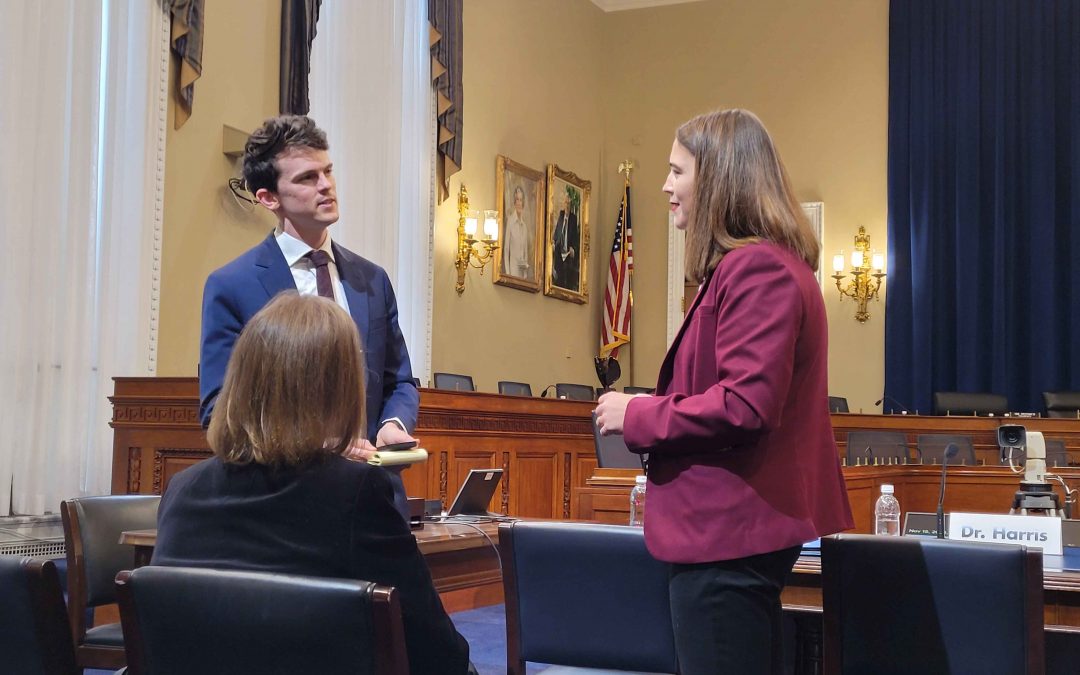WASHINGTON – Only recently dethroned as the largest living adult population in the U.S., the youngest baby boomers – the generation aptly named for the mid-20th century baby boom – will turn 59 this year. With such an extensive portion of U.S. adults nearing, or having entered retirement age, the country could be facing a diminished workforce.
The large population of people born between the mid-40s and mid-60s participating in the workforce long obscured weaknesses in the U.S. labor market, experts said during a Wednesday hearing of the Congressional Joint Economic Committee. Amid the retirement of baby boomers those weaknesses – chiefly, the insufficient population numbers needed to replace the aging generation in the workforce – have begun to show, demanding solutions to counter the “drastic effects” an aging population will have on the U.S. workforce and economy.
“Over the next few decades, the United States will be forced to address the fiscal challenges of an aging population,” said Dr. Benjamin Harris, director of economic studies with the Brookings Institute. “Our nation is in the midst of a rapid demographic transition.”
Currently, the number of young people is growing at a slower rate than the aging U.S. population. By 2040, the older population in the U.S. will have increased by 50%, significantly outnumbering the younger generation, estimated Dr. John Scott with the Pew Charitable Trusts, a non-profit research organization. As people 65 years and older exit their jobs, they leave behind a gap in the workforce that experts aren’t sure younger generations can fill.
“Labor force participation is at a historic high right now,” said Dr. Kathryn Edwards, an economic policy consultant. “Young people today are working just as much as the boomers did when they were younger. There are simply fewer.”
Over the next 30 years, the U.S. population will increase by approximately 44 million, according to the Congressional Budget Office’s demographics report. That’s a .4% increase a year – about half the pace the U.S. has experienced since the mid-80s.
Those demographics are determined, in part, by the rate at which births occur. In the U.S., the fertility rate currently sits at 1.67 births per woman. According to the CBO preliminary projections, it is not expected to rise above the 2.1 birth rate needed to replace, much less grow, the population any time in the next 30 years.
But these numbers are not definite, said Julie Topoleski, the director of labor, income, and long-term analysis with CBO.
“Our projections are highly uncertain,” Topoleski said. “Rates of fertility, mortality, and net immigration could all be higher or lower than were projected.”
The fertility rate, in particular, is an area where Edwards spoke of potential for change, through enacting pro-family policies that could help increase the birth rate while encouraging workforce participation.
“You can’t make people have children, but you can make it easier for people to have children,” she said.
The expense of having even one child can be a huge strain on families, and comes with a number of challenges that can prevent parents from working, Edwards added. Accessible and affordable childcare, options for part-time employment, and programs that would help ease transitions in and out of the workforce – especially for mothers – could help improve and retain workforce numbers.
Making jobs more accessible through remote positions would also allow for greater participation in the workforce for people with disabilities, which last year reached an all-time high following COVID-19 accommodations.
But despite the waning birth rate, the U.S. population is not expected to shrink. Based on recent immigration data analyzed in the CBO report, individuals immigrating to the United States are expected to make up 70% of the population growth over the next decade. By 2042, immigration is expected to be the main driver increasing the U.S. population.
“One of the benefits of legal immigration is you can tailor the system to exactly the needs of our workforce,” Harris said, having noted that immigration reform could be a “big part of the pro-growth agenda” for the U.S. population and workforce.
Alongside the workforce gap are looming, additional concerns about the sustainability of Social Security and Medicaid as more seniors become eligible and dependent on those programs. As the hearing drew to a close, Wednesday’s panelists urged that committee members act swiftly to address the issues arising out of America’s aging population.
“What I would stress to you, is that whatever you need to do, you do it now,” Edwards said. “You need to address this now for the sake of Americans.”

